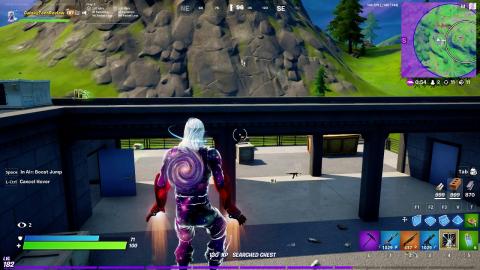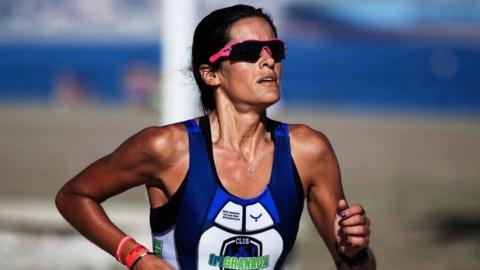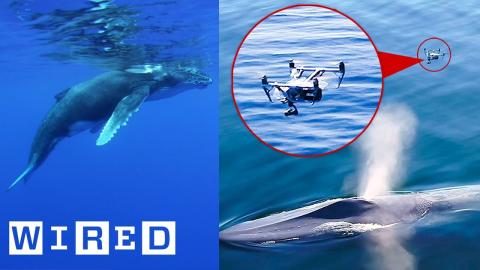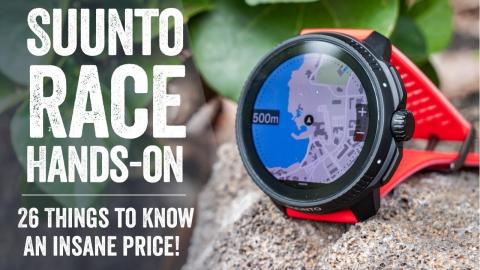Race Ranger Hands-On: Ironman's Plan for Catching Cheaters?
Description
Here's an in-depth look at the Race Ranger system and how it works to stop drafting and cheating in triathlon.
It’s been a few years since I last talked about Race Ranger, the triathlon-focused tech company that puts sensors on bikes to help athletes and refs more precisely determine and avoid the draft zone (which isn’t legal in most long-course triathlon). The system has been slowly gaining traction in various races over the last two years, primarily in the professional athlete category, where real money and income is on the line. And this weekend, by far the most prominent race to date is going to occur: All pros at Ironman Florida are being equipped with Race Ranger.
Of course, as noted this isn’t the first time the platform is being used in the pro field, or on the world scene. Just five weeks ago it was used at the World Triathlon Paratriathlon Champs in Pontevedra, Spain. And it’s also been used in numerous other long-course events, such as the PTO European Open this past spring. It was even used in one Ironman New Zealand earlier this year, and Ironman 70.3 Geelong Australia in April. But in terms of visibility and pro scene prestige, Ironman Florida this year is a big one with a packed field. It’s also the first time Ironman Head Referee/Official Jimmy Riccitello will be seeing the system hands-on, or rather, from being on the back of a moto next to it.
So, with that historical explainer laid out, I figured I’d take a moment to dive into the tech a bit and how its works. Back a month ago I got the chance to try it out in-person, alongside my wife, dropping in and out of the draft zone to precisely show and get an understanding for the system.
Note that while an eventual end-goal (years) would be for every athlete to have this system in a race, the near-term goal is really focused on the pro scene, where money is on the line (and thus, dinner on a table). But technologically speaking, there’s no limit to the number of competitors in the system, or using it.













